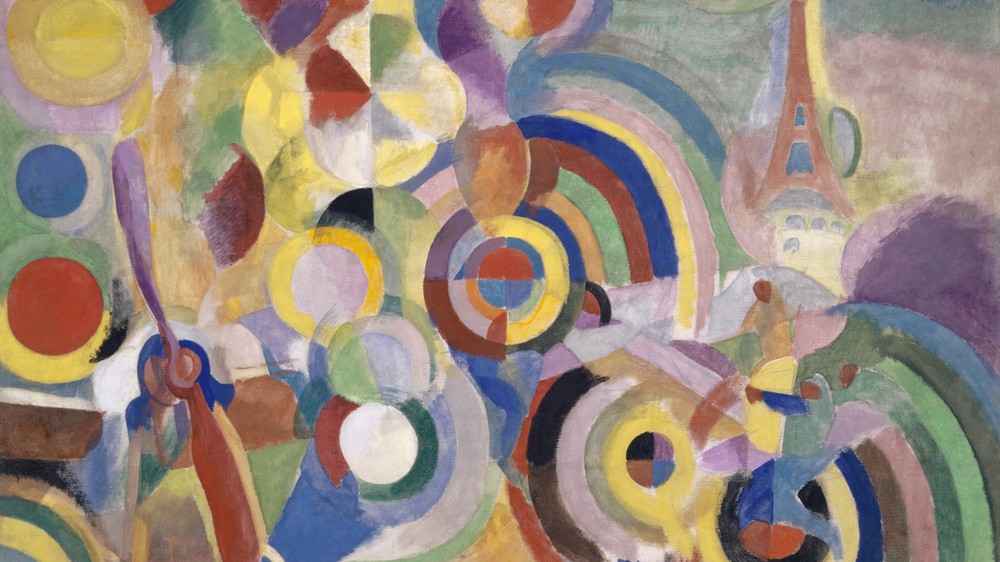Madrid’s Thyssen-Bornemisza Museum is one of three major art museums in the city’s “The Golden Triangle of Art.” Unlike the two others, the Prado and the Reina Sofía, the Thyssen prides itself on its display of an enormous range of European artistic styles and movements, rather than in-depth studies of particular artists. The museum is named for its founder, Heinrich Thyssen-Bornemisza, a German-Hungarian baron and art collector who, in the 1930s, bought many of his European masterpieces from American millionaires selling at low prices in the wake of the Great Depression. Thyssen-Bornemisza’s son (and heir to his collection) married Barcelona-native Carmen Cervera in the 1980s, who urged him to move the vast collection to a museum in Spain. The Spanish Government now owns part of the museum’s collection, while most of the rest is on indefinite loan from Cervera. Nearly every artist you could name is in the Thyssen’s collection, from early Renaissance artists like Albrecht Dürer to Impressionists like Vincent van Gogh and 20th century masters like Jackson Pollock.





















